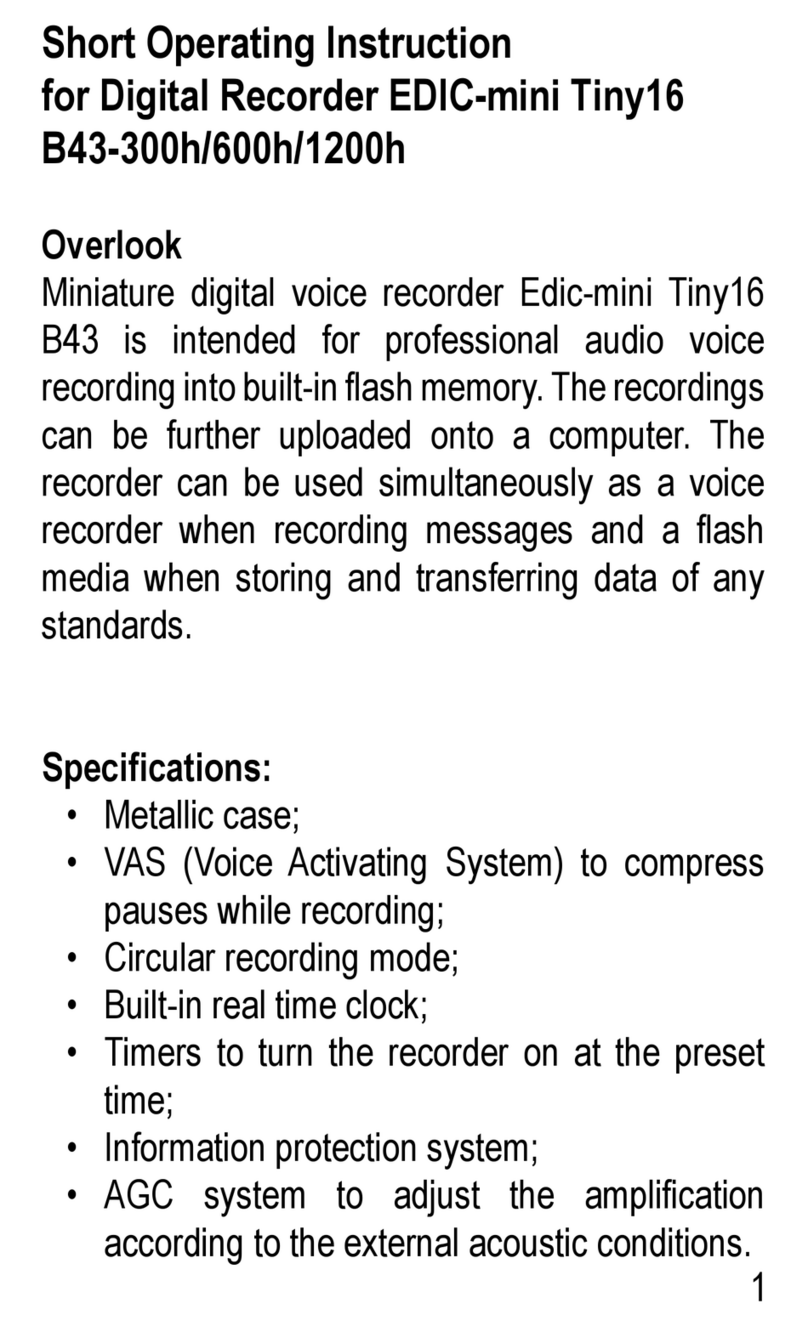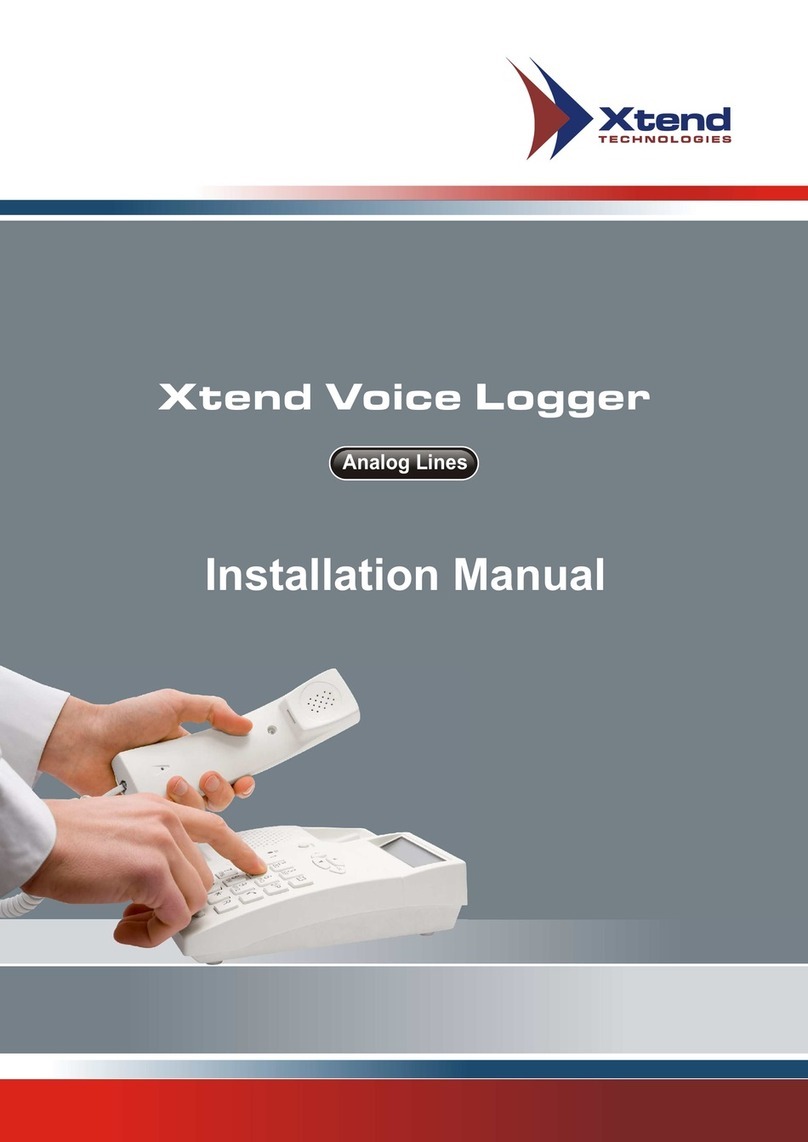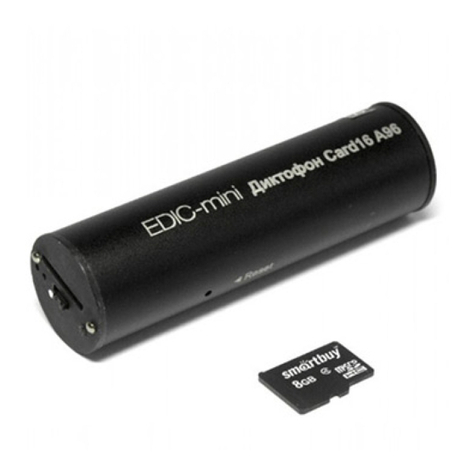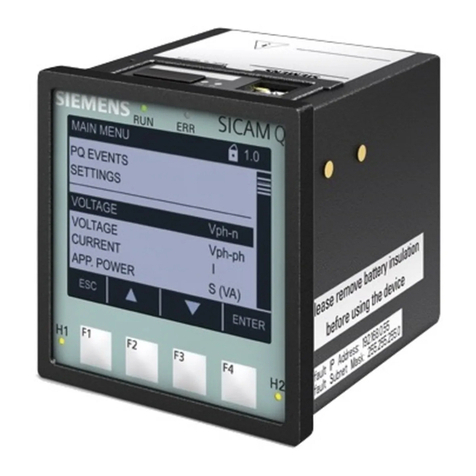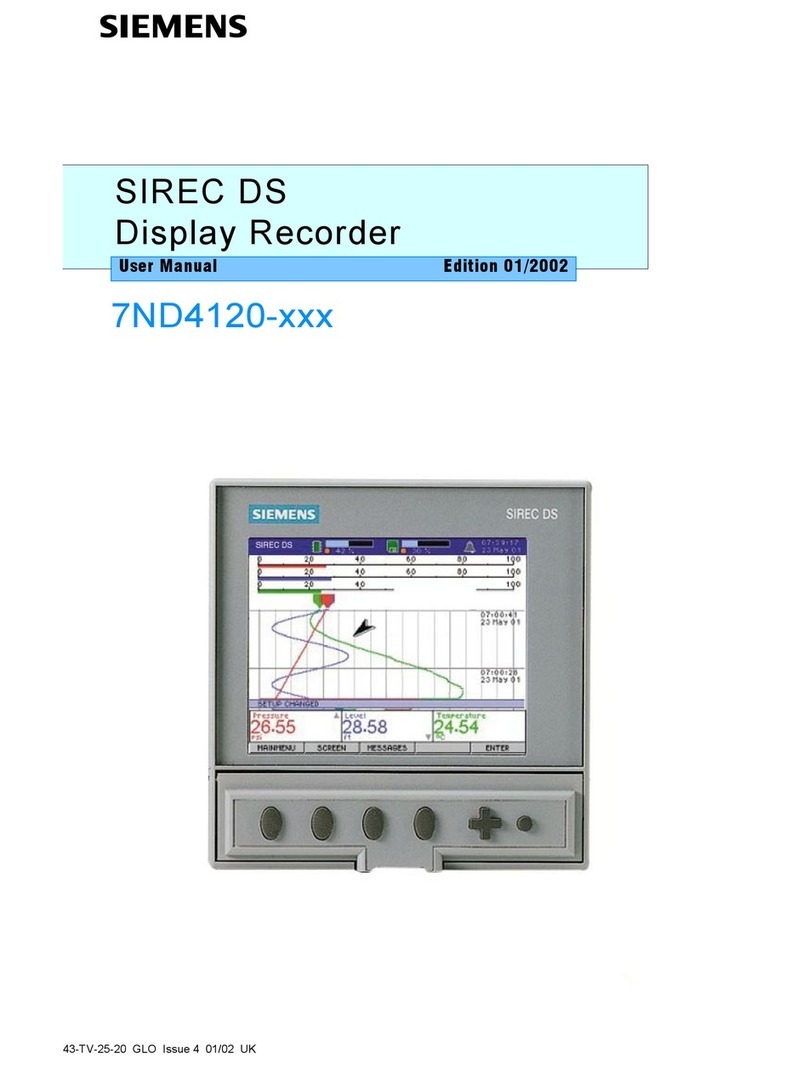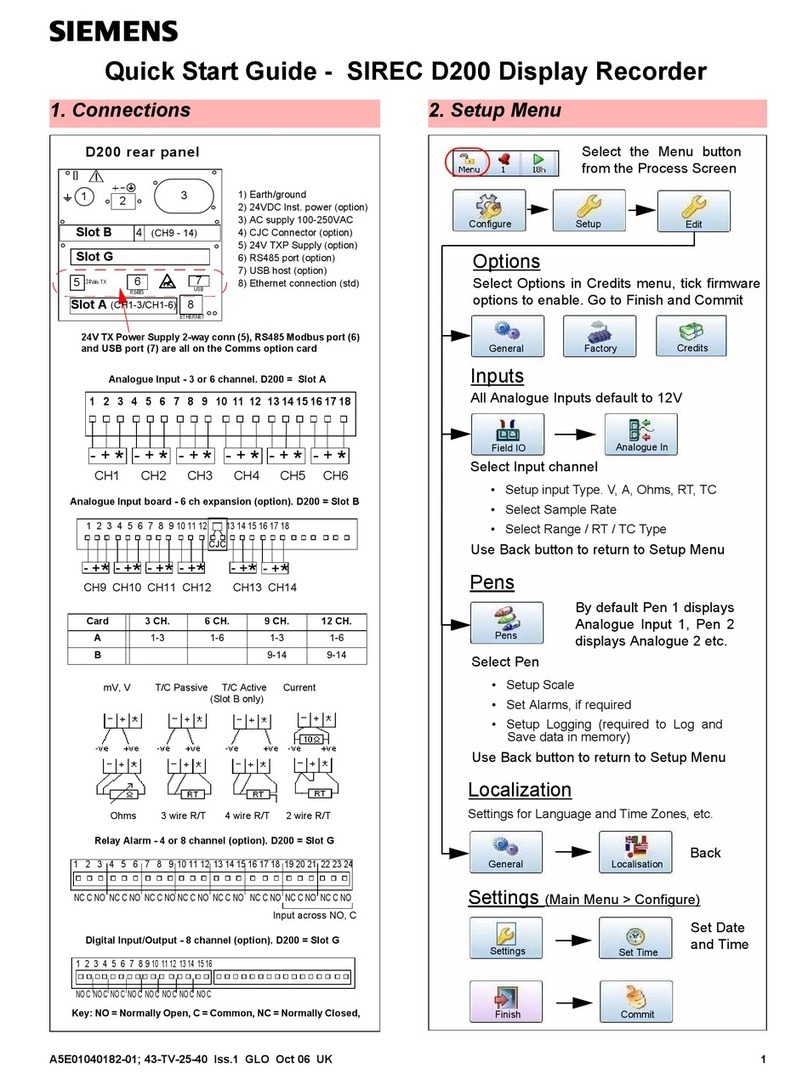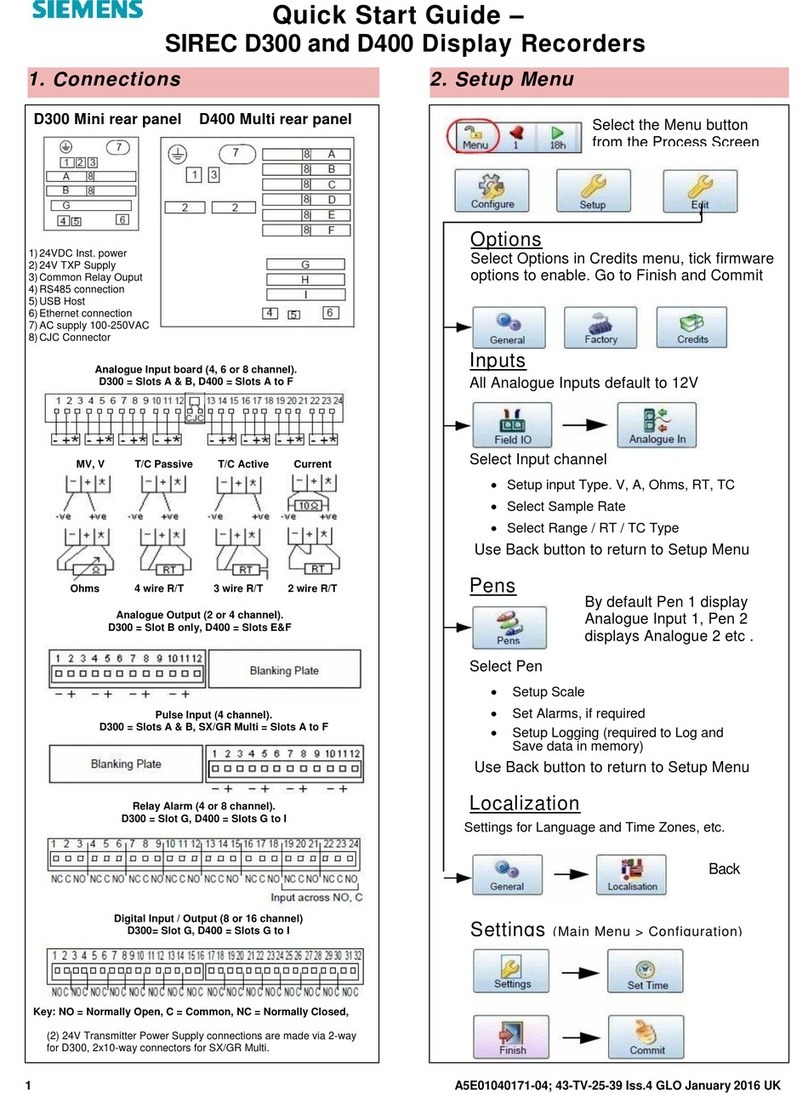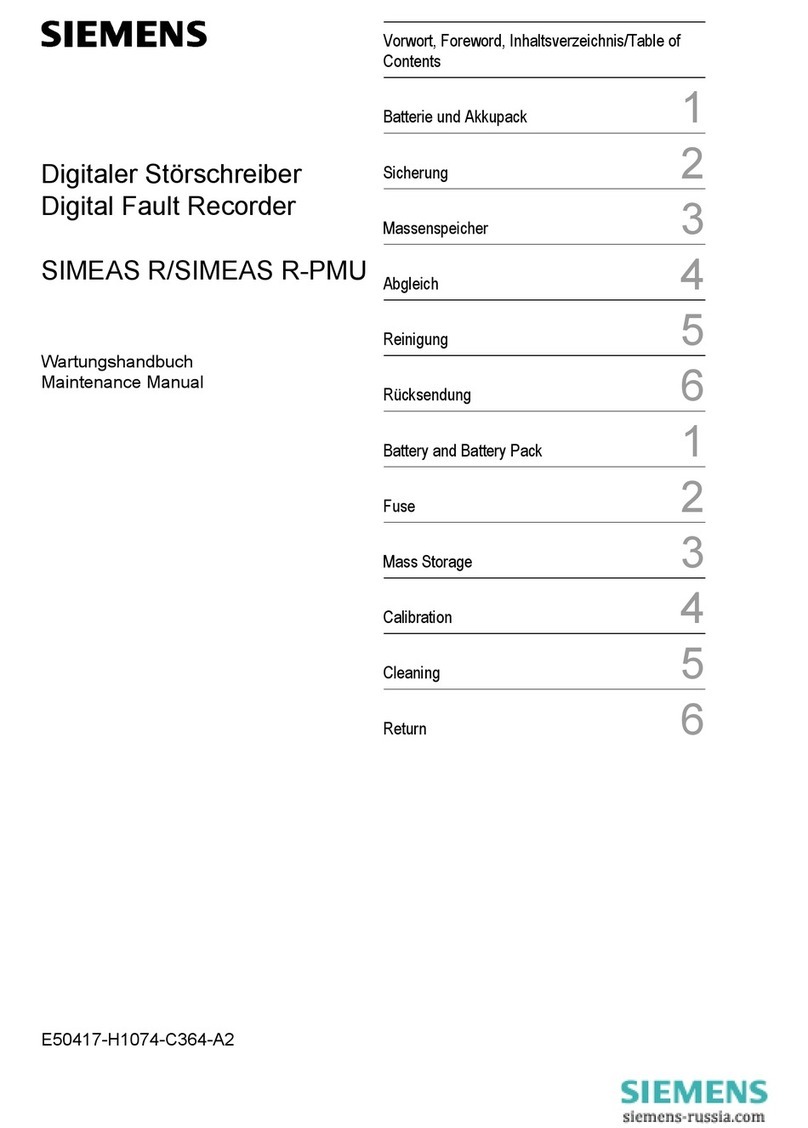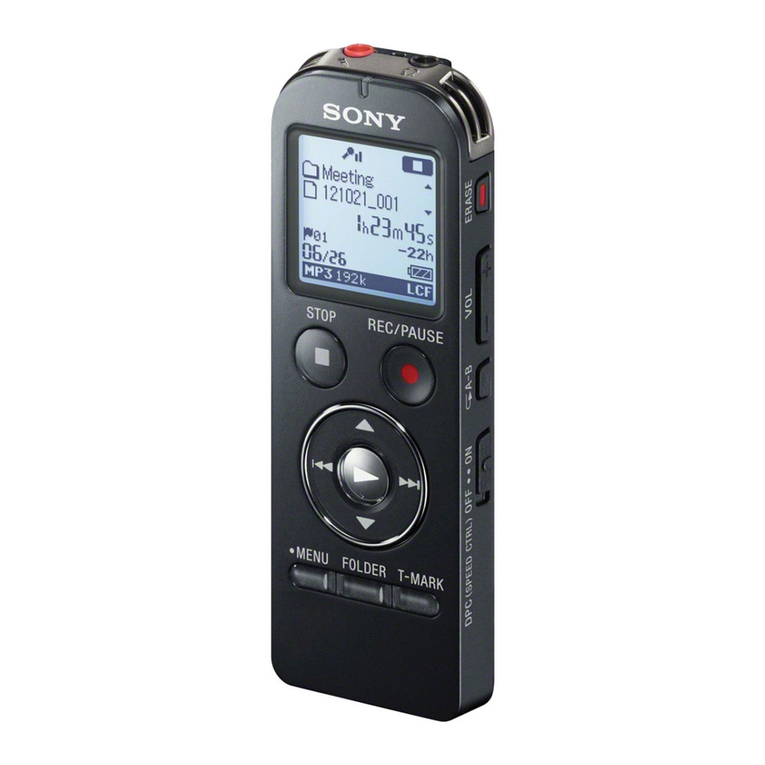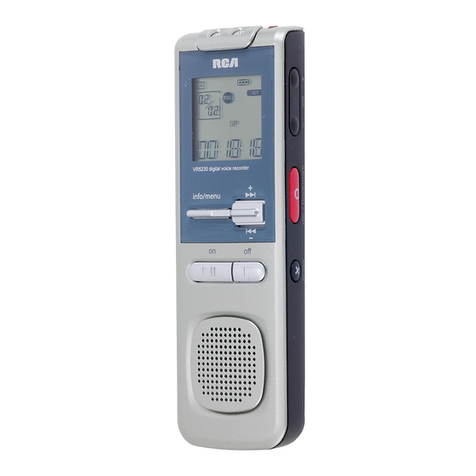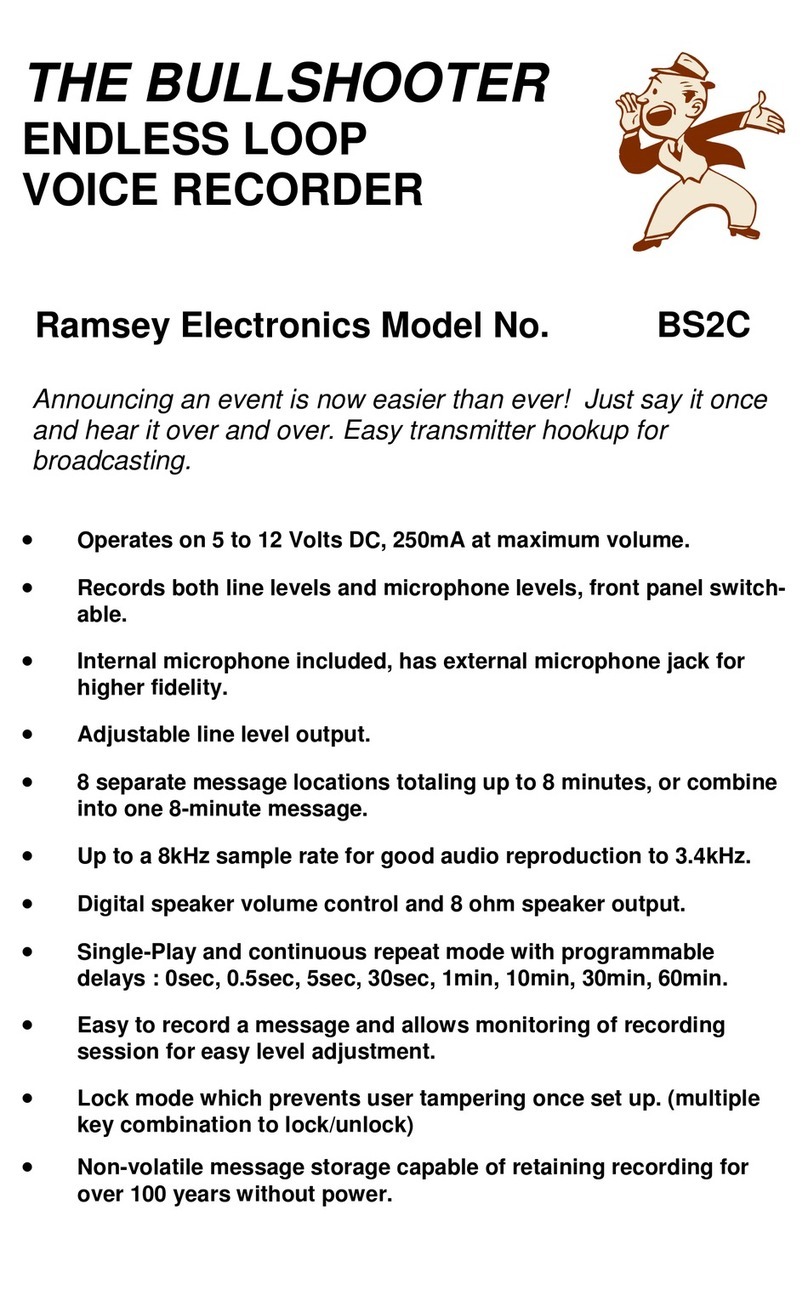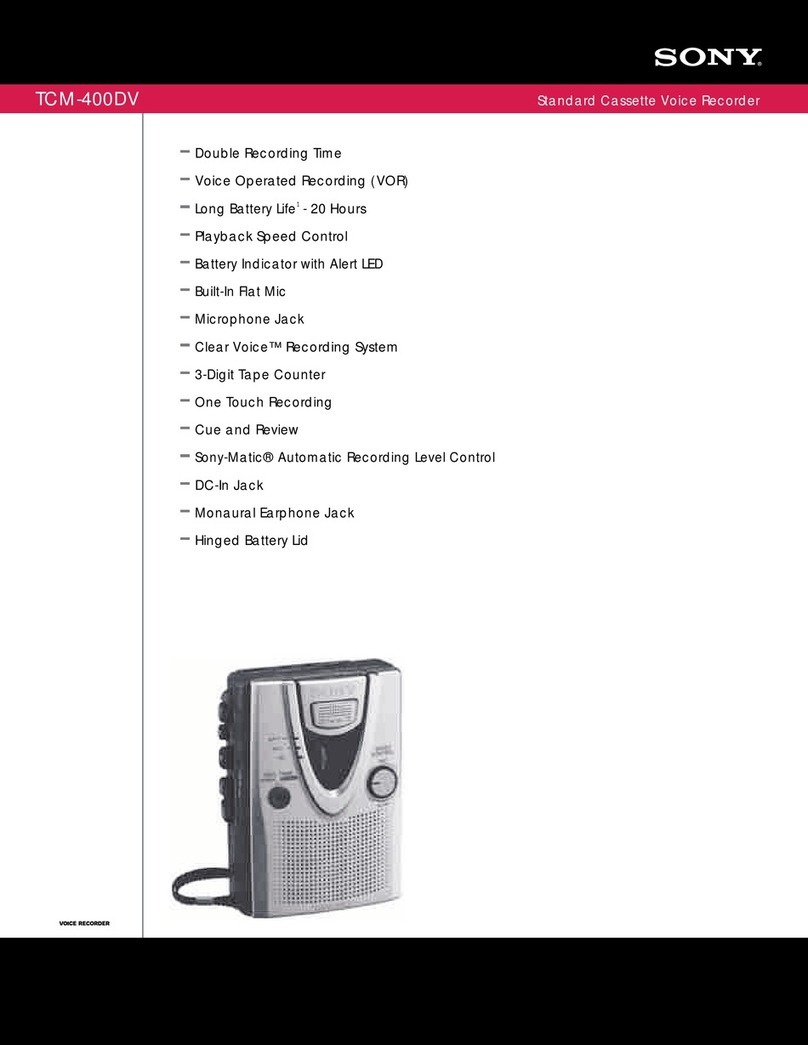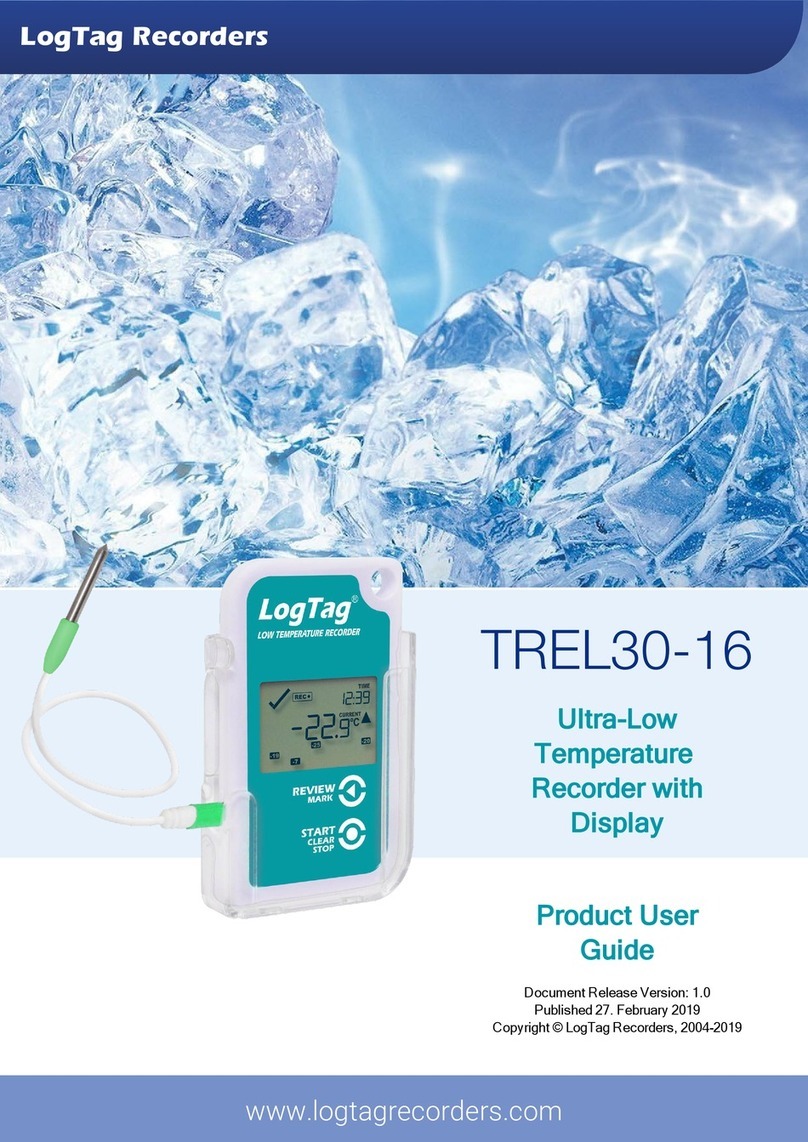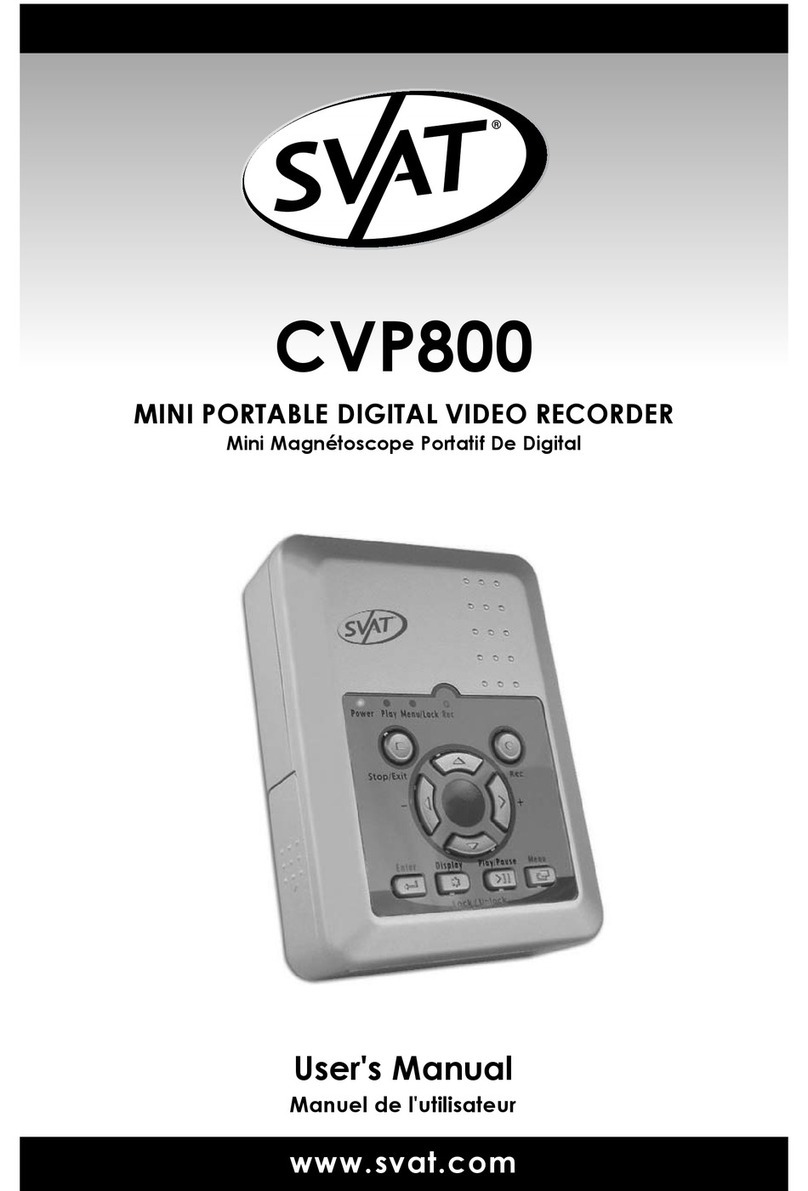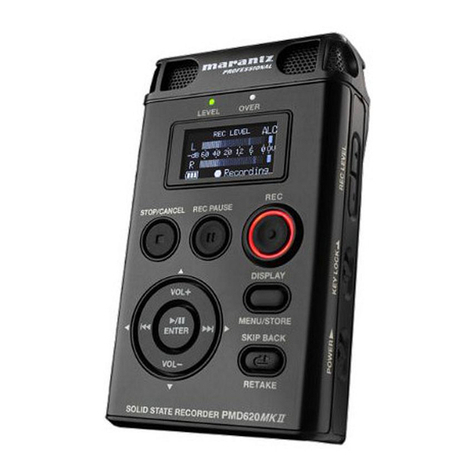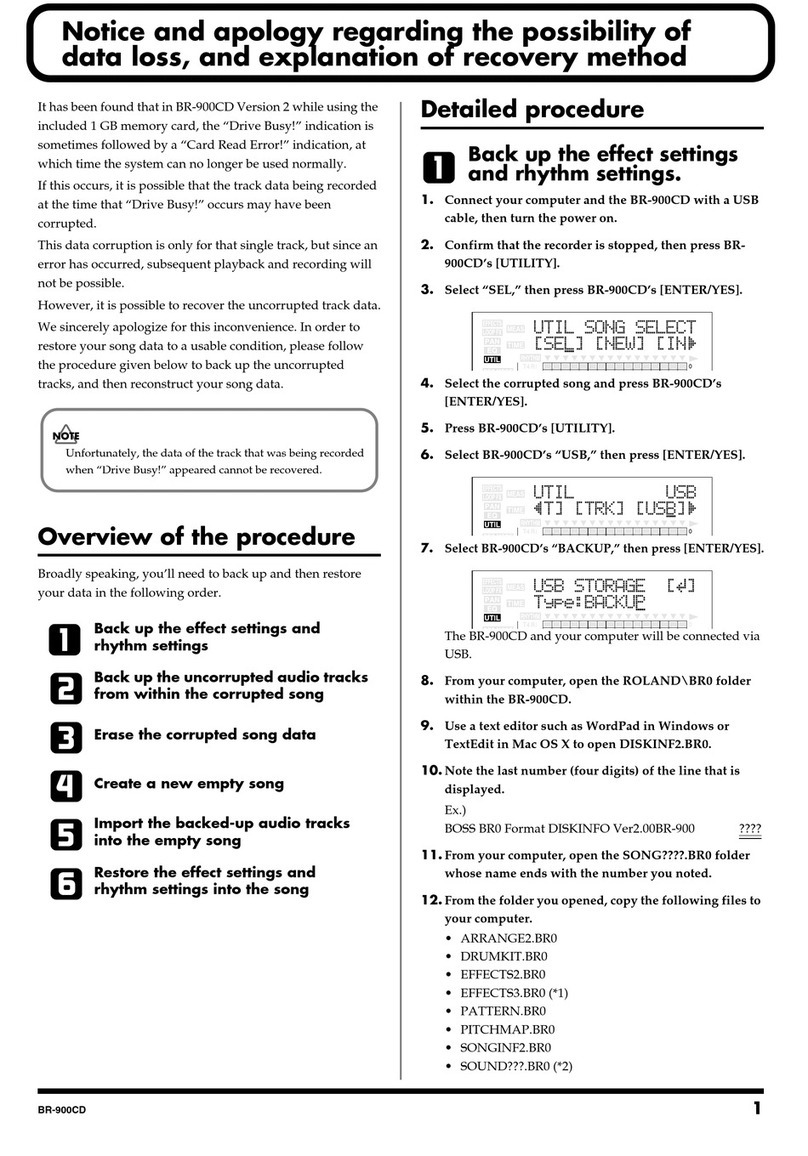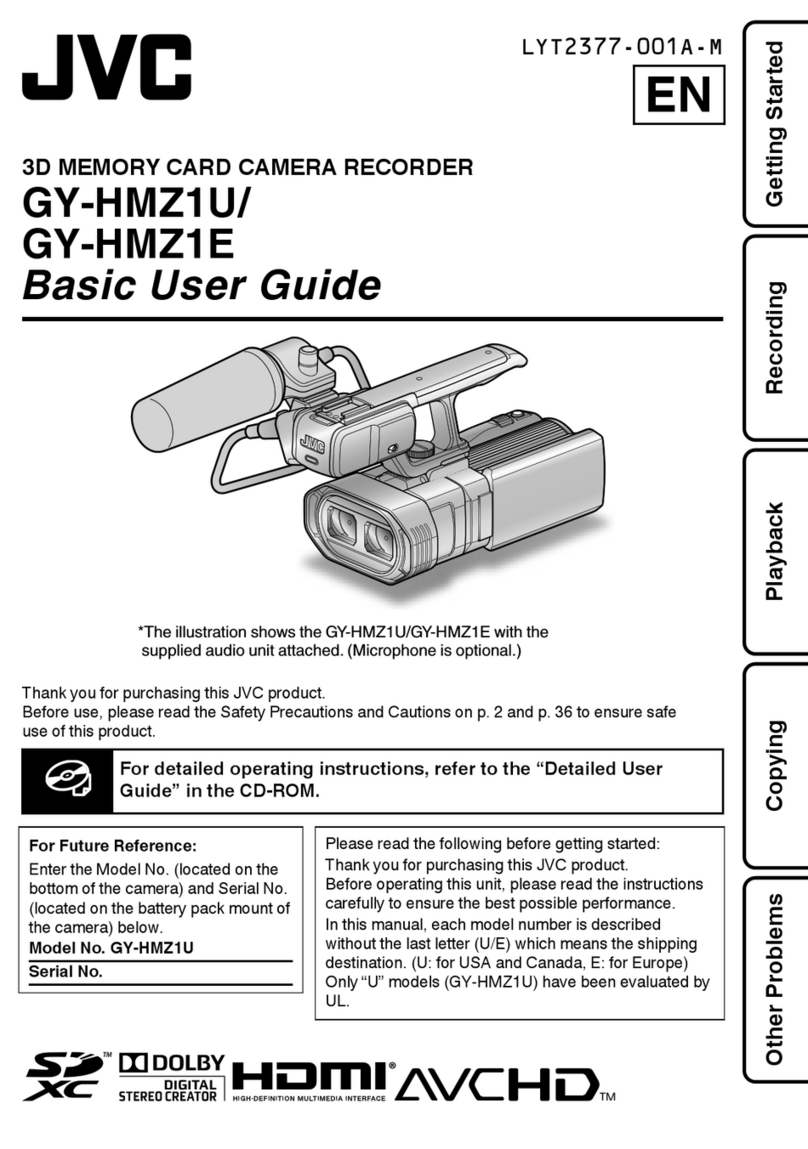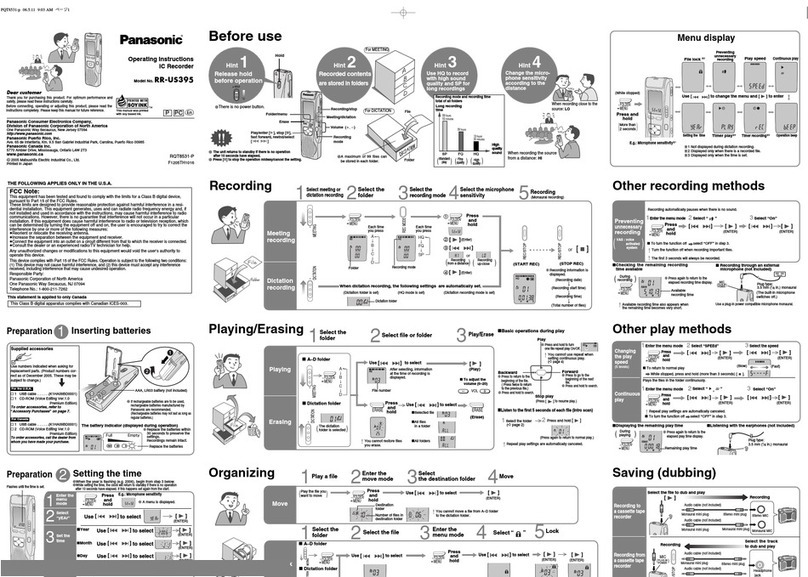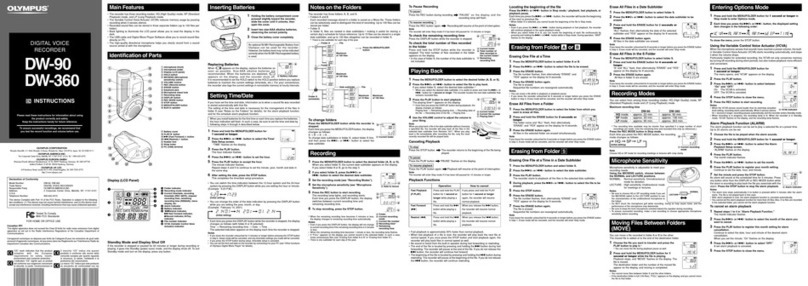
10 SICAM Q80 7KG8080
Power Quality Recorder SICAM Q80 7KG8080, System manual
E50417-H1076-C420-A2, Release 12.01.2015
2.3 Qualified personnel
Qualified personnel
Commissioning and operation of the equipment (module, device) described in this manual may
only be performed by qualified personnel. Qualified personnel, in the context of the safety
information contained in this manual, are persons authorized to commission, start-up, ground and
label devices, systems and circuits according to all applicable safety standards.
Use for the intended purpose
The equipment (device, module) may only be used for the applications specified in the catalog and
the technical manual, and only in connection with OEM devices and components recommended
and approved by SIEMENS-.
The prerequisites for trouble-free, reliable operation of the product include proper transport, proper
storage, proper installation and assembly, as well as proper operation and maintenance.
When operating electrical equipment, certain parts of this equipment are subject to dangerous
voltage levels. Therefore, improper handling can result in serious injury or equipment damage:
The equipment must be grounded at the PG terminal before making any connections
whatsoever.
Dangerous voltages may occur in all circuit components connected to the inputs or power
supply.
Dangerous voltages due to capacitor memory may still exist in the equipment even after it
has been disconnected from the power supply or input circuits.
Equipment with current transformer circuits must never be operated in any state where
the current transformer circuits are open-circuited.
The operating limits specified in the manual and in the operating instructions must not be
exceeded at any time (including inspection and commissioning).
The parameter value limits stated in the instructions may not be exceeded; this also applies to
inspection and commissioning situations.
2.4 Statement of Conformity
This product complies with the directive of the Council of the European Communities on the
approximation of the laws of the Member States relating to electromagnetic compatibility (EMC
Council Directive 2004/108/EC) and concerning electrical equipment for use within specified
voltage limits (Low voltage Directive 2006/95/EC).
This conformity has been established by means of tests conducted by Siemens AG in accordance
of the Council Directive in agreement with the standard IEC 61326-1:2006 for the EMC directives,
and with the standard EN 61010-1 for the low-voltage directive.
The device has been designed and produced for industrial use.
2.5 Disclaimer of liability
The contents of this documentation have been carefully checked for consistency with the hardware and software
systems described. Nevertheless, it is impossible to completely rule out inconsistencies, so that we decline to offer
any guarantee of total conformity.
The statements made in this document are regularly checked and any necessary corrections are reflected in
subsequent editions. We gratefully accept any suggestions for improvements.
We reserve the right to make technical modifications of the systems.
